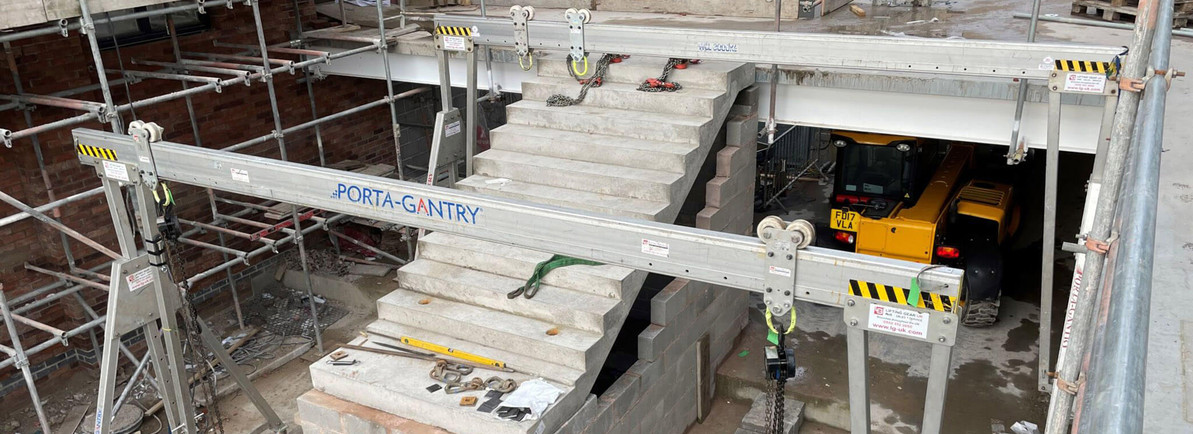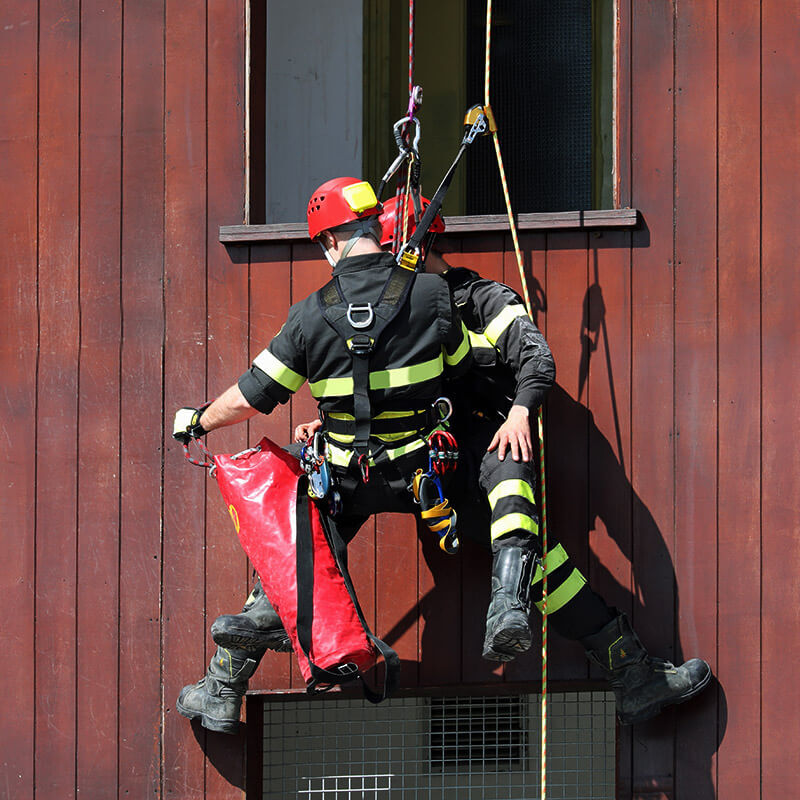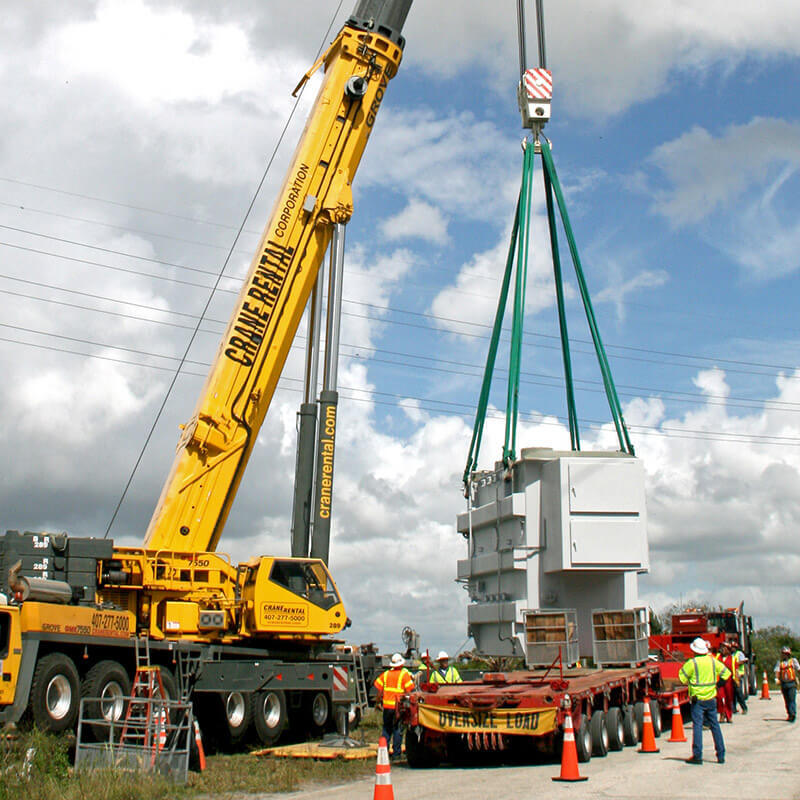What is a Gantry Crane?
A gantry crane is a critical piece of rigging equipment in modern industrial operations, offering a flexible and efficient solution for material handling. Characterized by a single or double girder structure supported by freestanding legs, gantry cranes do not require permanent overhead structures, making them ideal for temporary or space-restricted work environments.
Key Benefits of Gantry Cranes
- Space Efficiency: Gantry cranes eliminate the need for permanent beams or support columns, maximizing floor space.
- Versatility: Available in full, semi-gantry, and portable configurations, they serve a variety of lifting tasks.
- Mobility: Outfitted with casters or tracks, these cranes are easily relocated across job sites or factory floors.
- Adjustability: Height and span can be customized to meet changing operational requirements.
Types of Gantry Cranes
1. Full Gantry Cranes
Used for heavy-duty applications such as shipbuilding, steel fabrication, and port operations. These cranes span an entire workspace and can lift extremely large and heavy loads.
2. Semi-Gantry Cranes
One leg runs on a rail while the other side is supported by an existing structure. Commonly used in facilities where one side already has support columns.
3. Portable Gantry Cranes
Lightweight and easy to disassemble, these cranes are ideal for small shops, HVAC installations, and maintenance tasks. Adjustable models are available on Lifting.com.
4. Rubber-Tyred Gantry Cranes (RTG)
Primarily used in shipping yards and container terminals, RTGs offer excellent mobility and container-stacking capabilities.
Industry Standards and Safety Compliance
Proper operation and design of gantry cranes are governed by key safety and engineering standards:
- OSHA 29 CFR 1910.179: Regulations for overhead and gantry cranes to ensure workplace safety.
- ASME B30.2 and B30.17: Detailed guidelines for design, maintenance, inspection, and operation.
- ANSI Z535: Standards for safety signs and labels, crucial for operator awareness.
Specifications to Consider
- Load capacity
- Span width and height
- Duty cycle (operating frequency and intensity)
- Indoor or outdoor use (weather resistance, corrosion protection)
- Power source (manual, electric, or pneumatic)
Lifting.com offers a wide selection of gantry cranes tailored to meet specific job site needs, with capacities ranging from 1 to 15 tons. We also have in stock ready to ship inventory on all types of cranes to choose from as well.
Applications by Industry
- Shipping & Logistics: Container handling, vessel maintenance
- Manufacturing: Moving heavy molds, equipment positioning
- Rail Yards: Railcar assembly and repairs
- Steel Mills & Yards: Raw material transport
- HVAC & Maintenance: Lifting units into position
Safety Tips for Operation
- Perform regular inspections and preventive maintenance.
- Never exceed the rated load capacity.
- Use audible alarms and warning signs per ANSI/OSHA requirements.
- Apply lockout/tagout procedures during maintenance.
Conclusion
Gantry cranes are an indispensable solution for material handling across a variety of industries. Their portability, adaptability, and compliance with ANSI/OSHA/ASME standards make them a top choice for efficient and safe operations.
Explore Lifting.com's gantry crane collection for solutions that meet your specific operational needs.
FAQs
What is the difference between a gantry crane and a bridge crane?
Bridge cranes require overhead runway systems. Gantry cranes use freestanding legs and can operate without permanent support structures.
Are gantry cranes suitable for outdoor use?
Yes. Outdoor-rated gantry cranes are built with weather-resistant materials and finishes.
Can I customize a gantry crane?
Absolutely. Options include adjustable height/spans, caster types, hoist selection, and corrosion-resistant coatings.
What certifications should operators have?
Operators should be trained per OSHA and ASME guidelines, often requiring third-party certification.
What Is a Kernmantle Rope Used For?
Nov 21st 2025
What Is a Fall Protection Harness?
Nov 14th 2025
What are the four components of a PFAS?
Nov 7th 2025
Is Palmer Safety OSHA Compliant?
Nov 3rd 2025
What’s the Hardest Chain to Cut?
Oct 20th 2025
What are the most common tools used in rigging?
Oct 13th 2025
What Is the Strongest Security Chain?
Oct 7th 2025
Are Pewag Chains Good?
Oct 3rd 2025
What Are DuckBill Anchors Used For?
Sep 26th 2025










